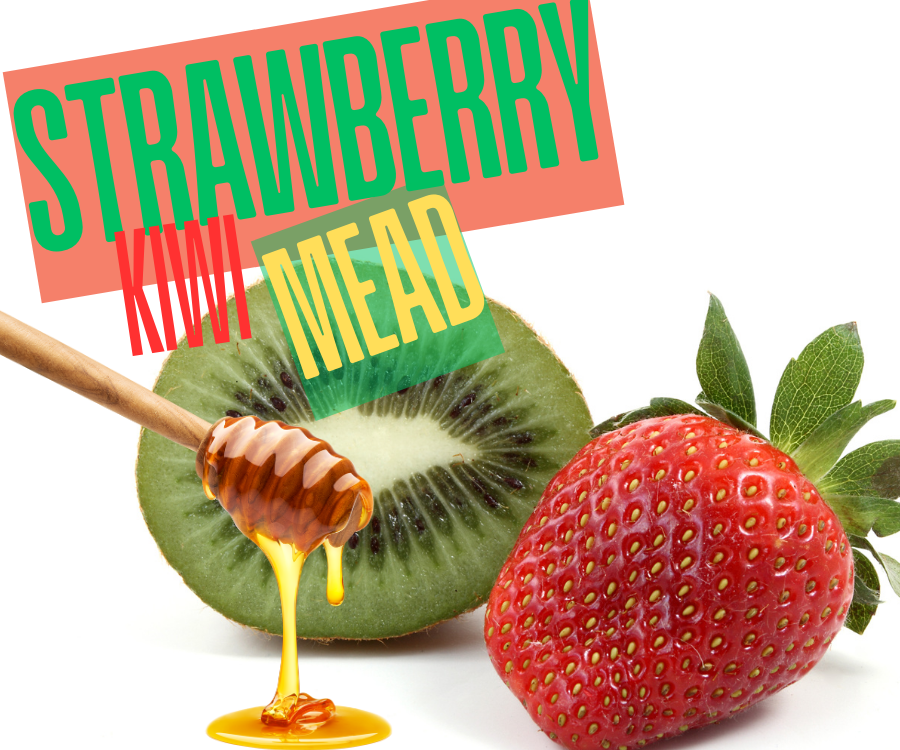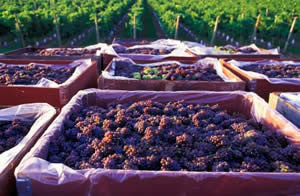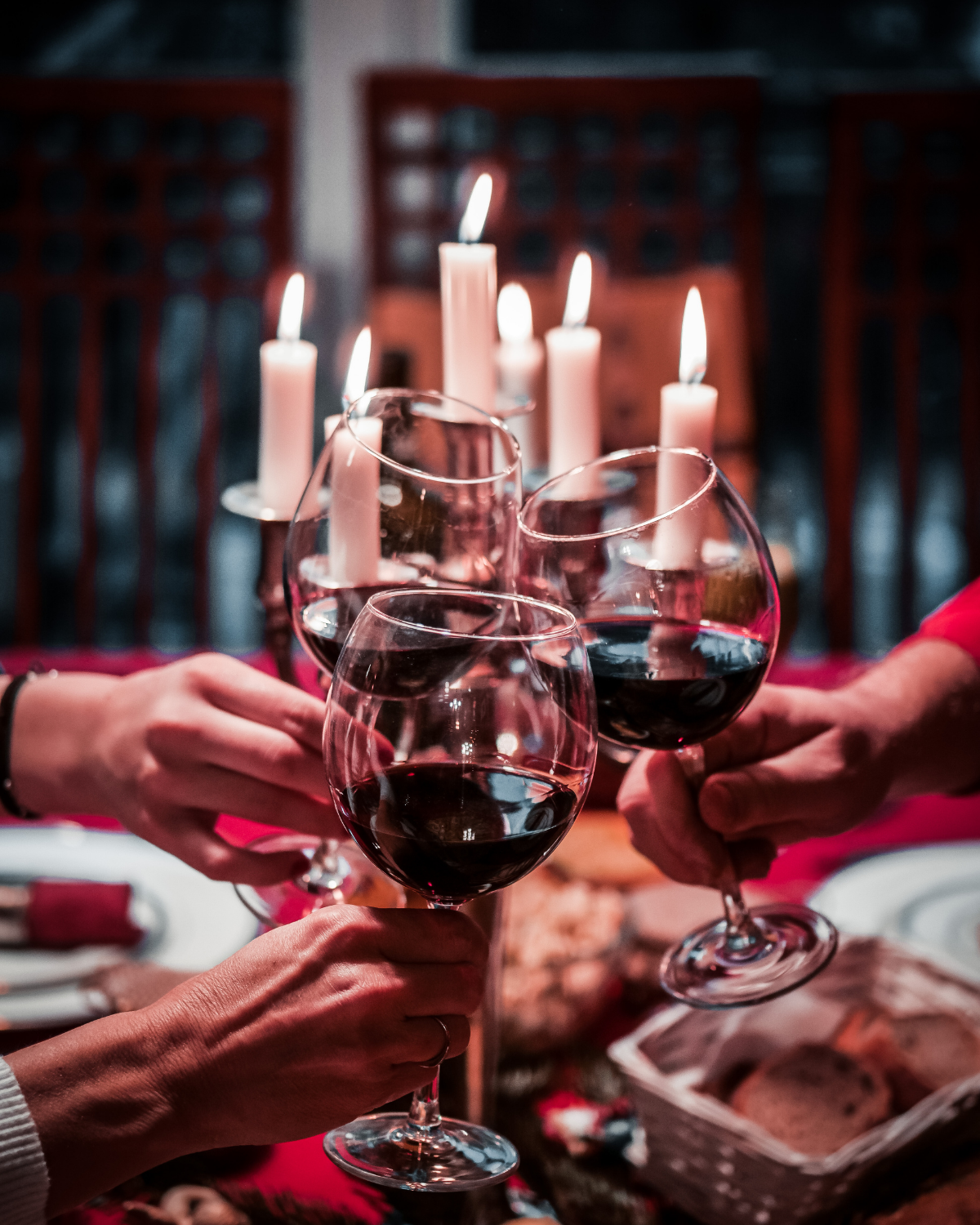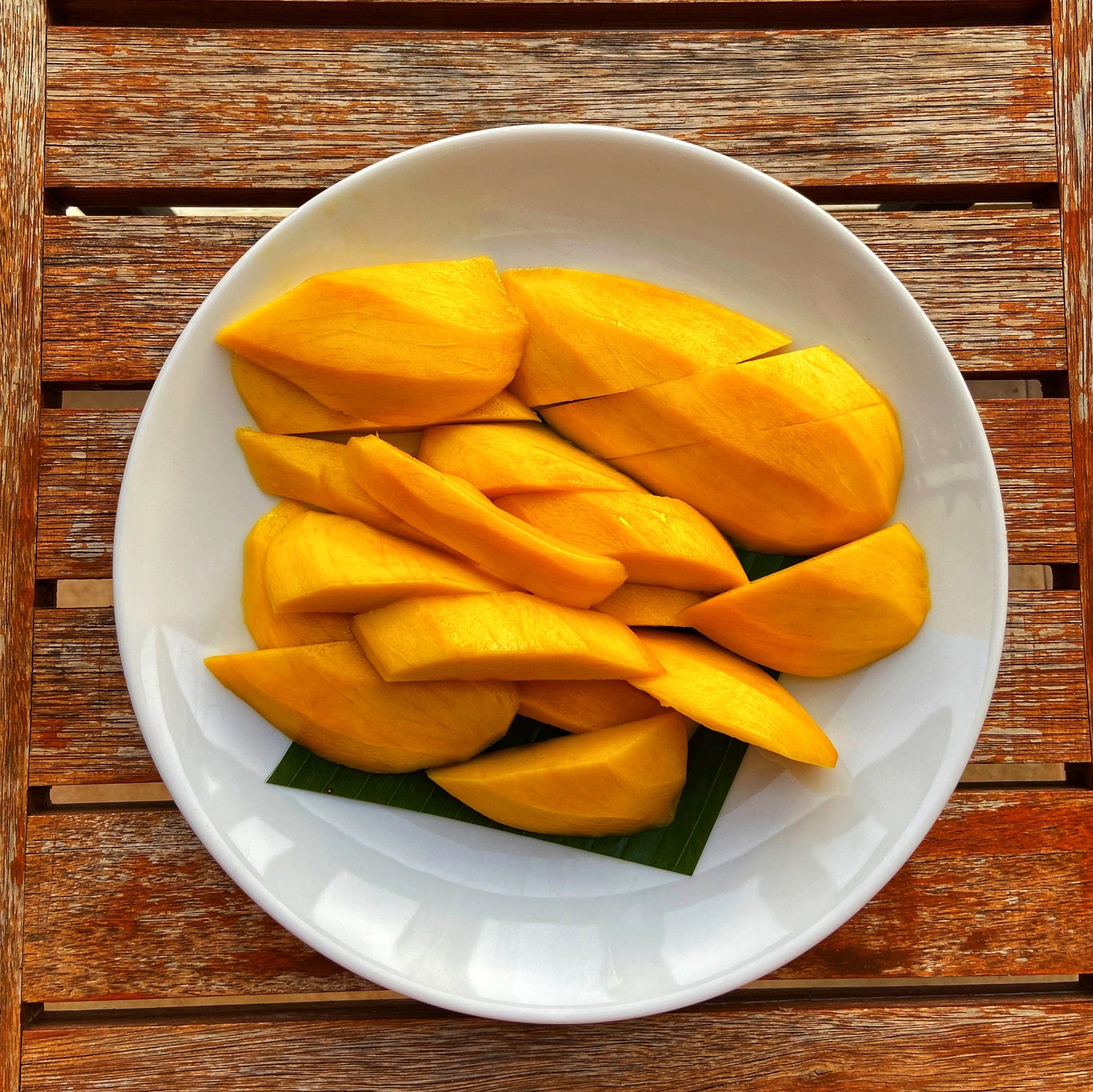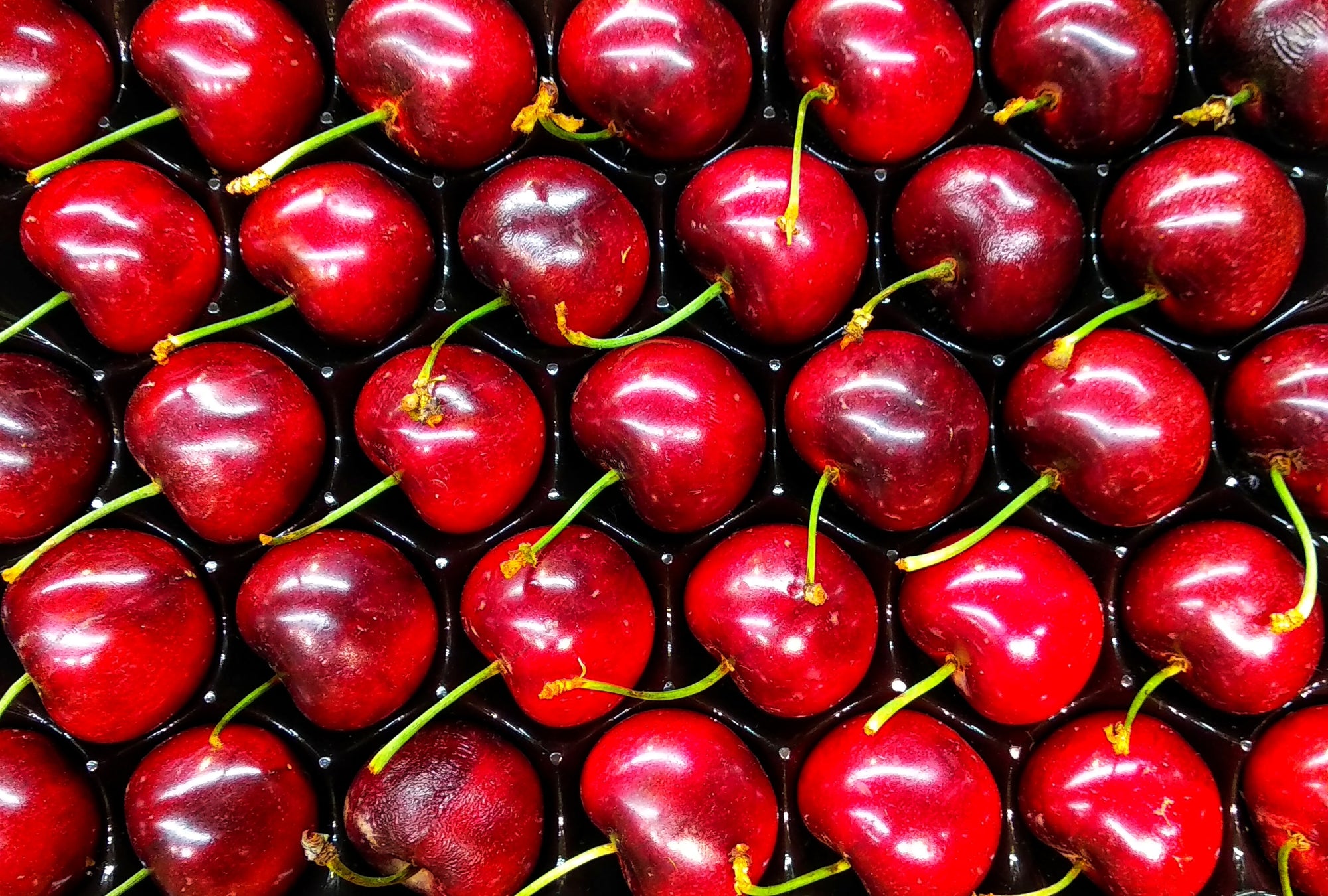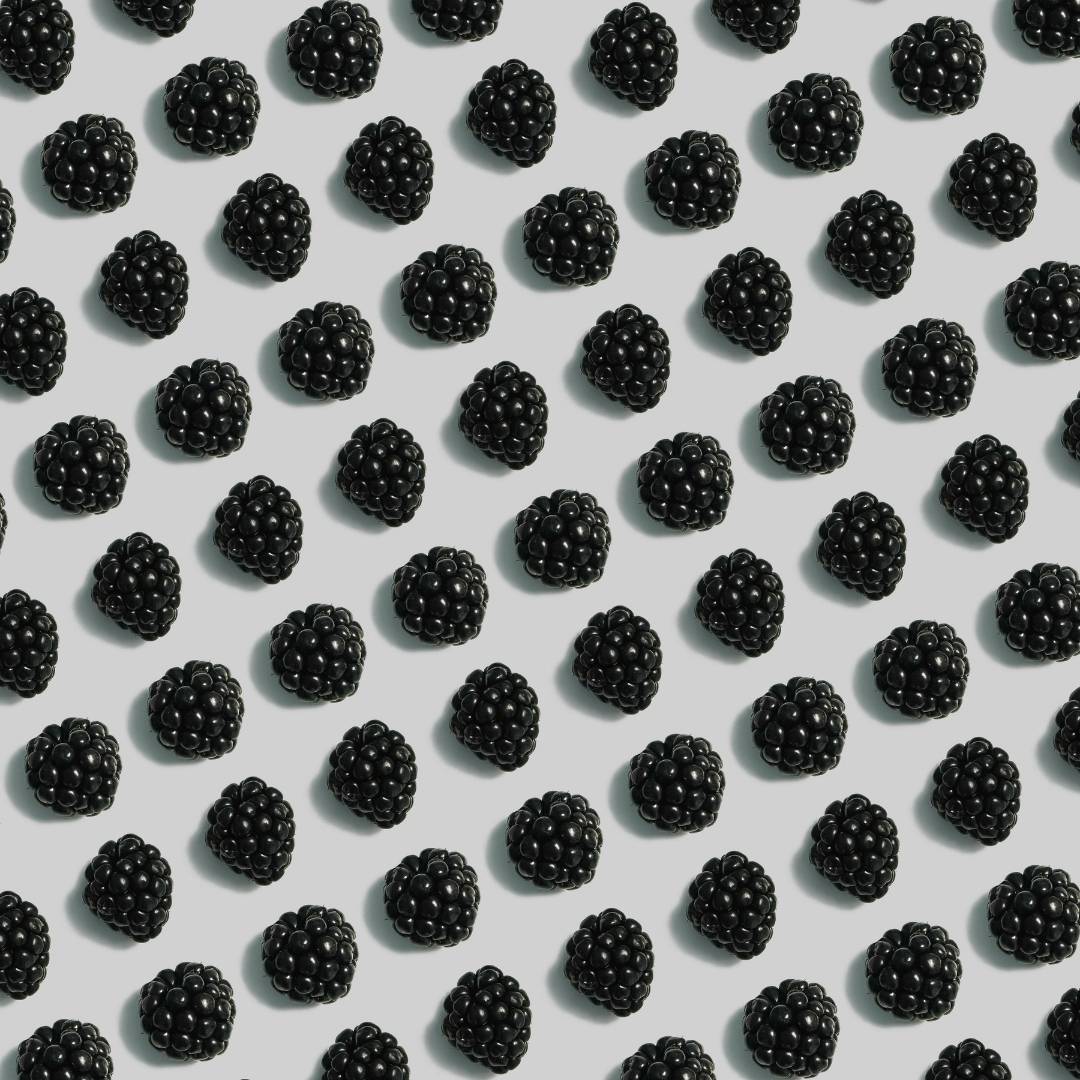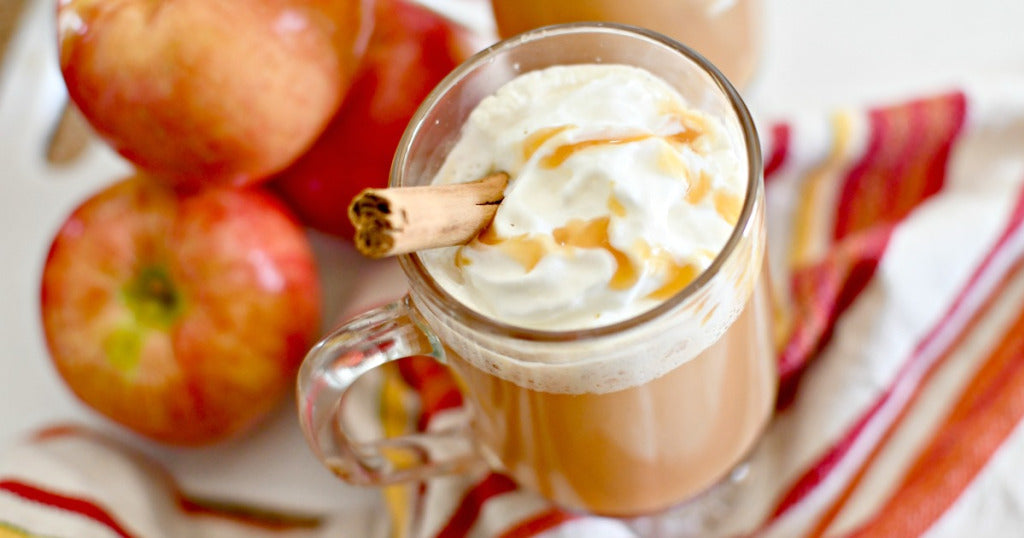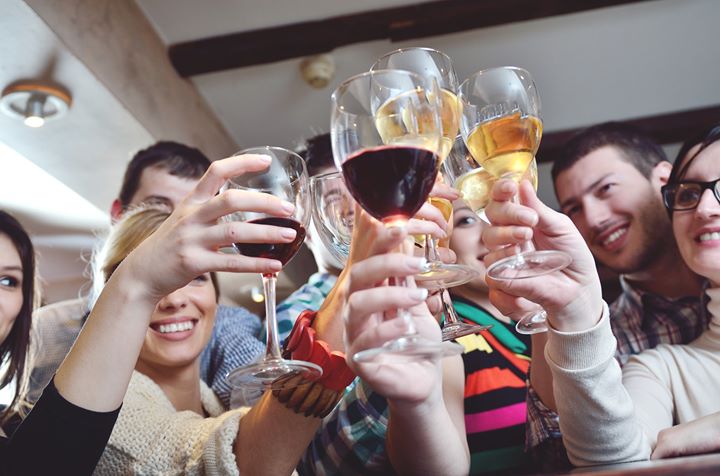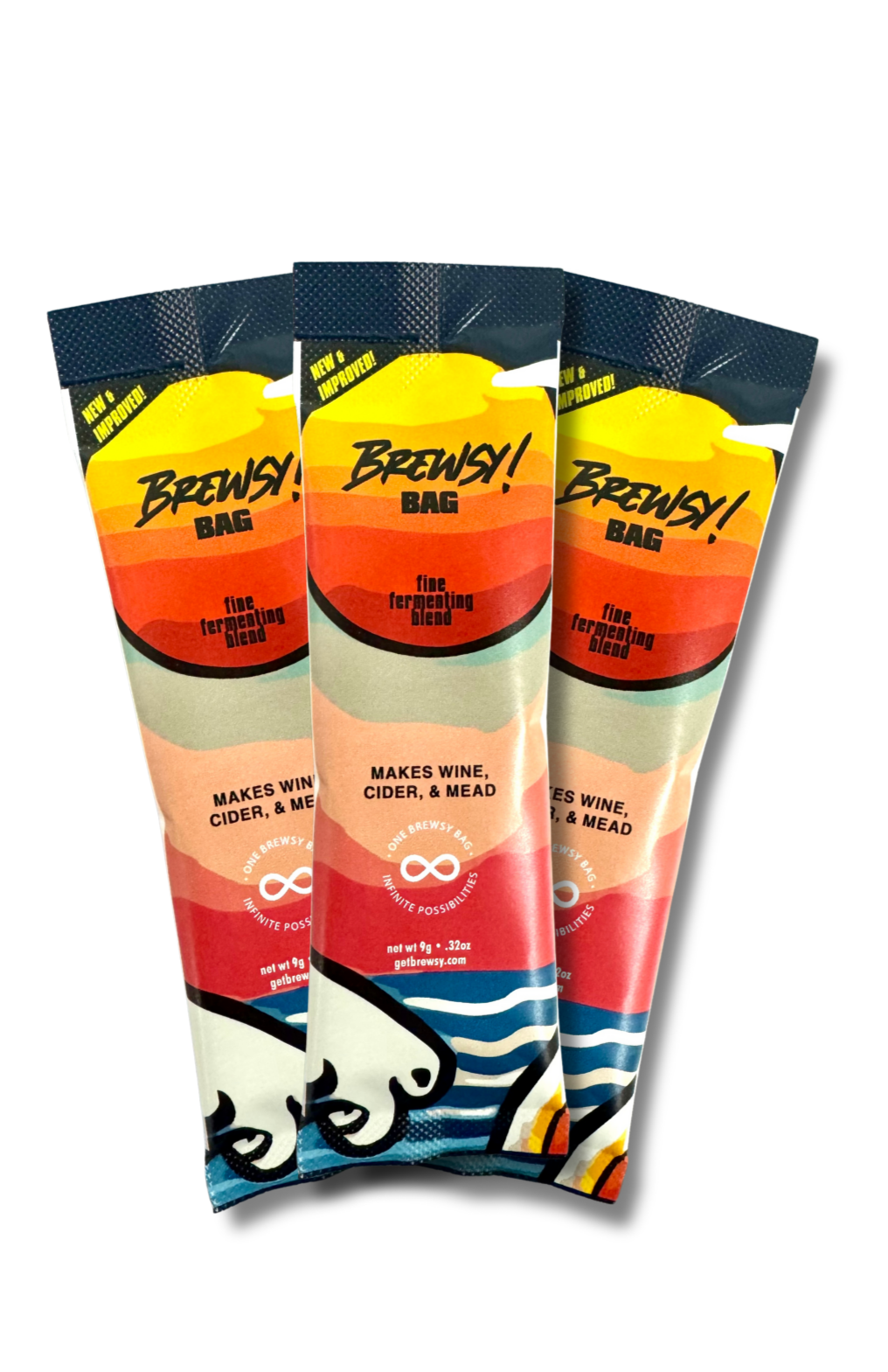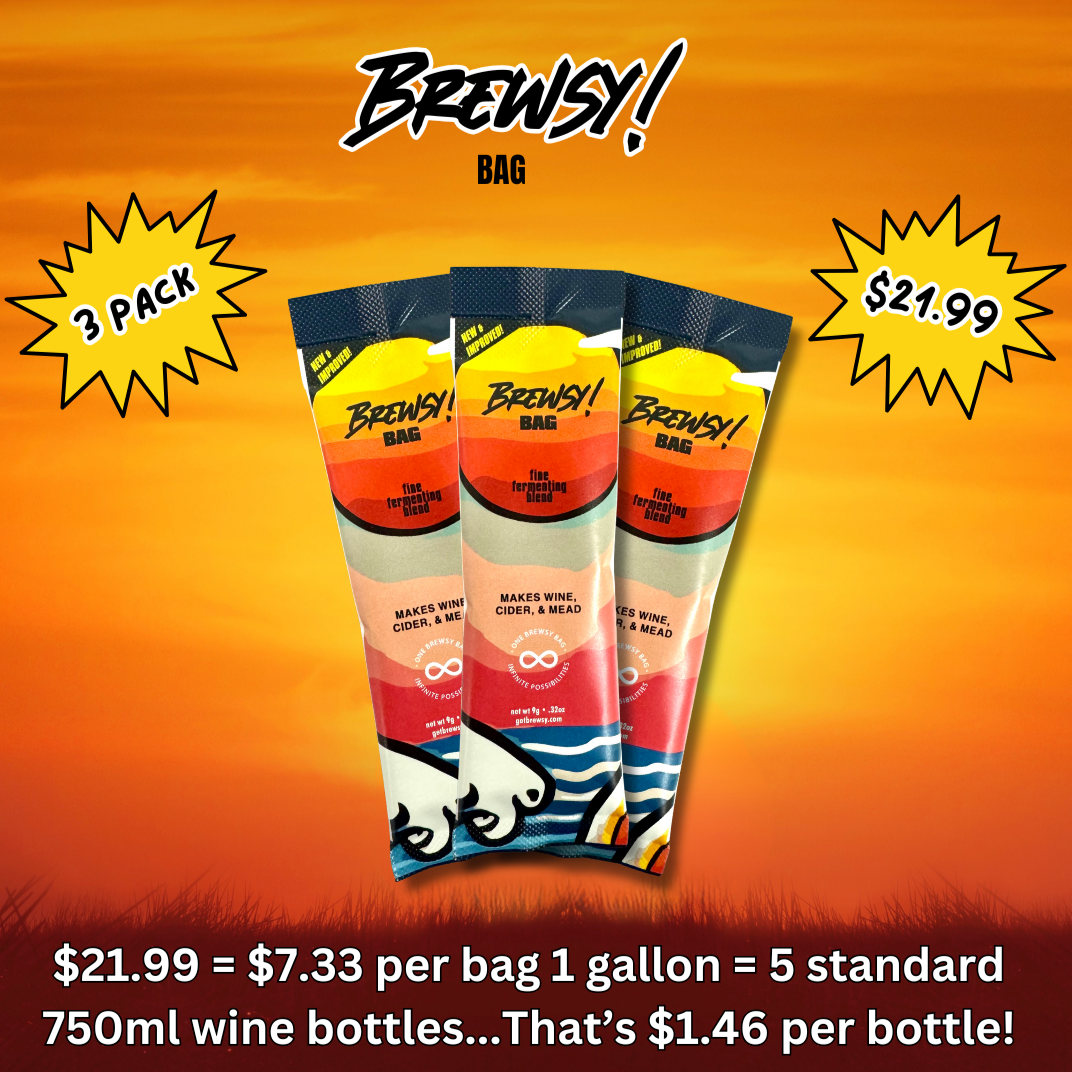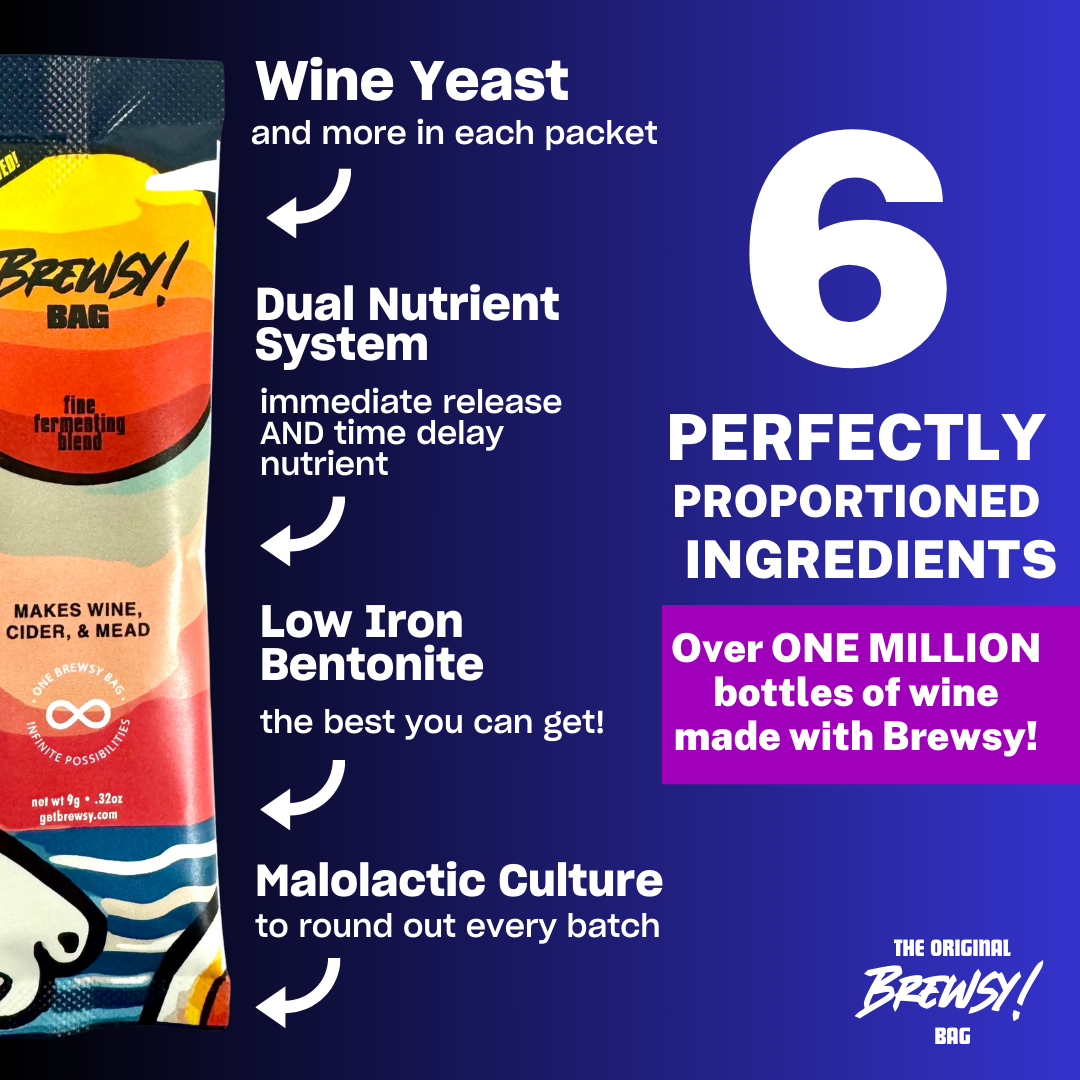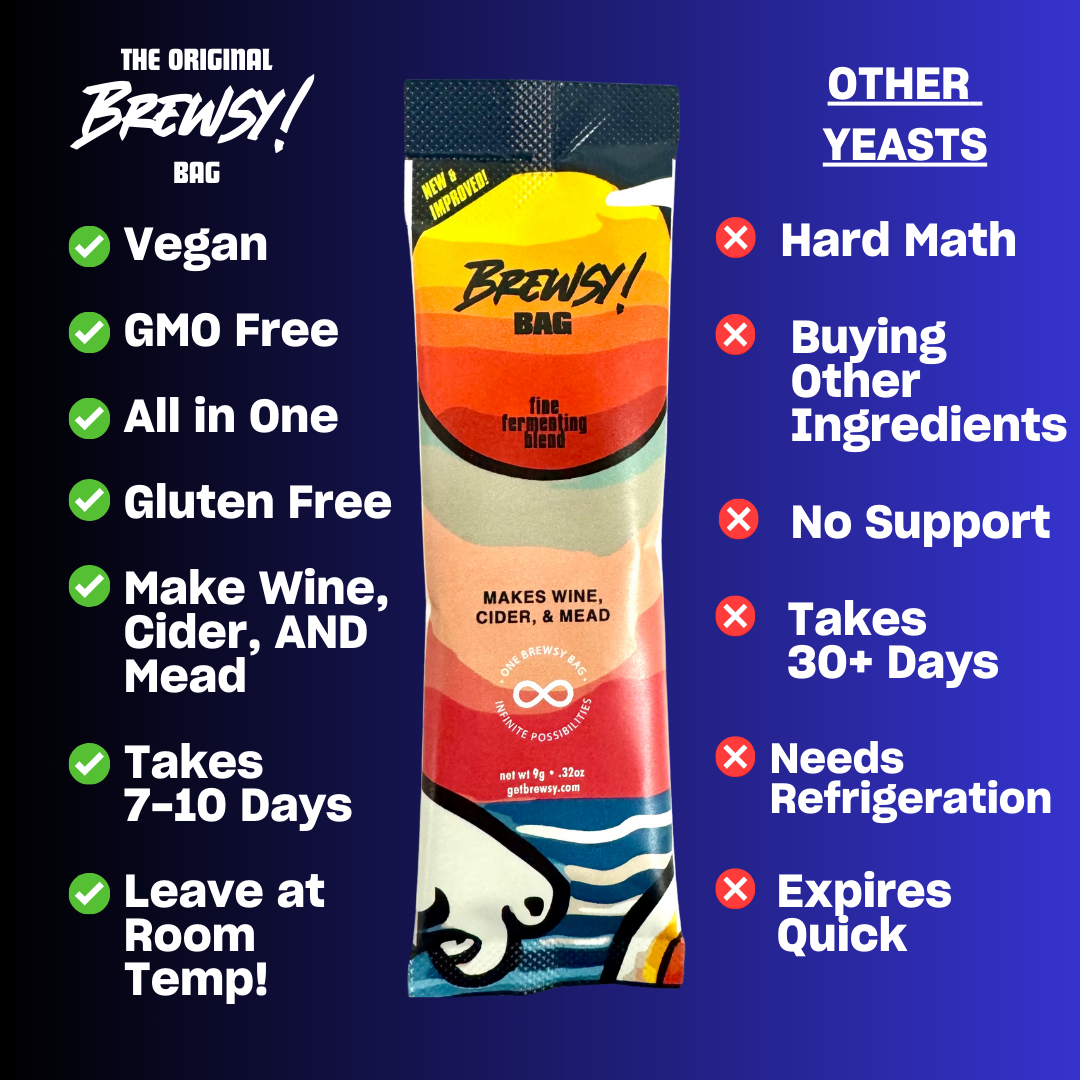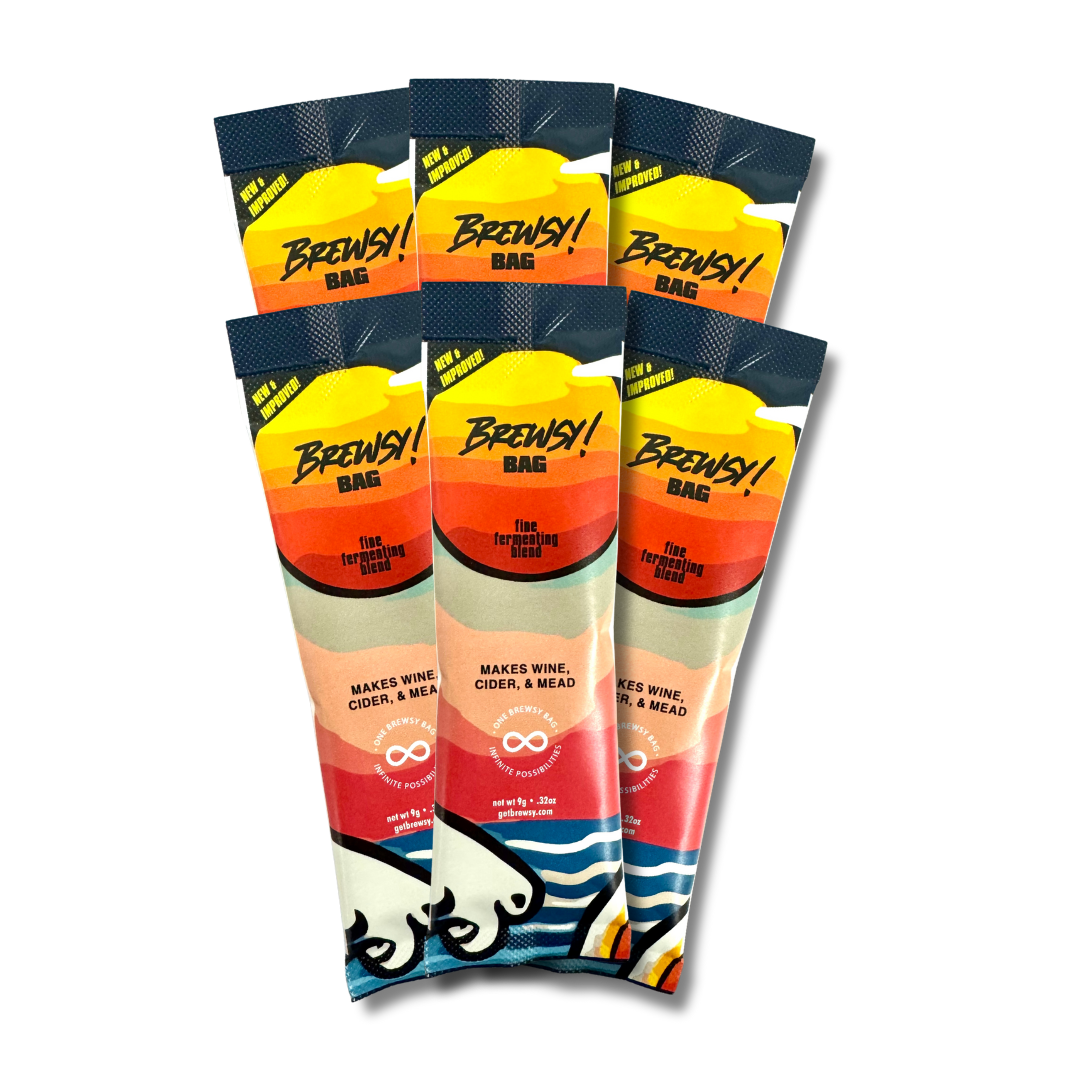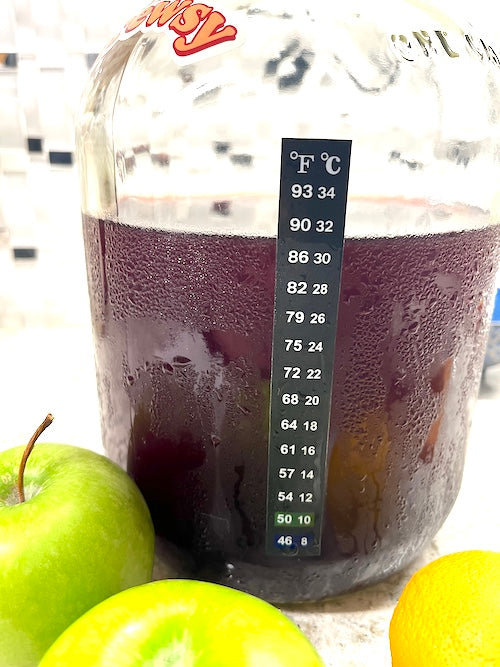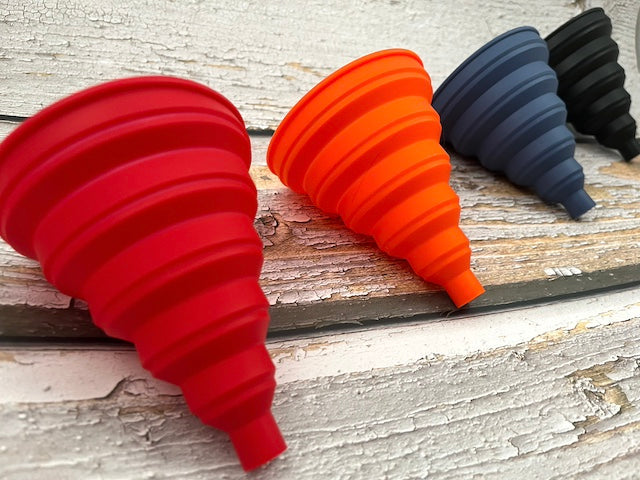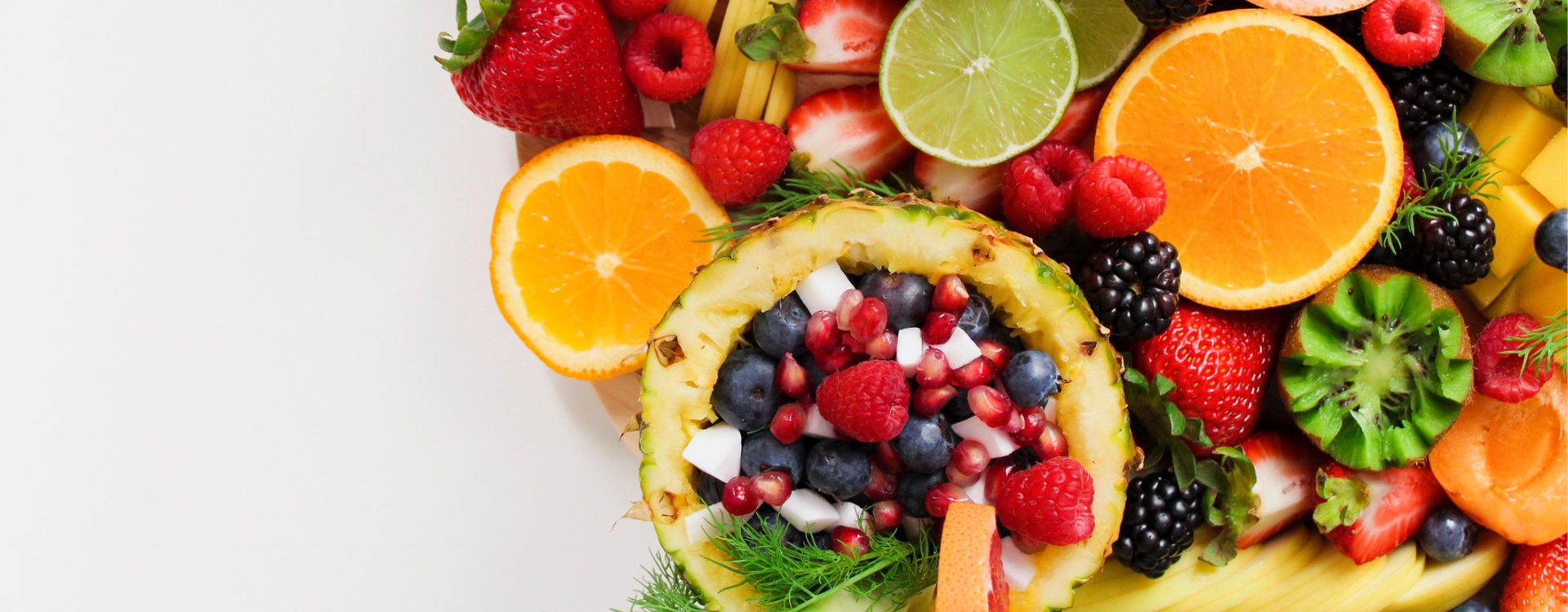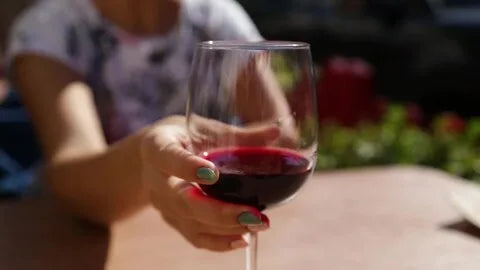
How to Taste Red Wine?
How to Taste Red Wine?
You may have watched a TV show or a movie, or read a book where a character is seen or mentioned to be drinking red wine, and may have found yourself wondering: "how does one taste red wine?" Tasting in this sense does not refer what it tastes like, but, rather, taking the wine connoisseur approach to red wine and being able to identify flavor markers and the like.
At this point, you know wine has been around for thousands of years. The earliest evidence of a fermented drink using grapes was found in the country of Georgia dating back to 6000 BCE. Some ancient Greeks worshipped Dionysus who was, among other things such as grape-harvests and orchards, you guessed it, the god of winemaking. Clearly, humankind has had a historical penchant for alcohol.
As with a lot of things that exist today, the process of winemaking has only been improved and refined over time which eventually lead to the creation of high-end wines which are carefully crafted from fermentation to bottling.
These wines often have complex flavor and aroma profiles that have introduced wine-tasting which is, at its very core, the activity of tasting, identifying, and appreciating fine wines. Unlike other methods of drinking, inebriation is not an intended result of this activity.
So, how to taste red wine? This process, while seemingly simple, is a four-step plan that is a multisensory experience derived from visual observation, smelling, tasting, and, finally, thinking in the sense that this step is putting everything gathered thus far together.
It starts with the look of the wine where one is looking at the color, opacity/clarity, and viscosity. Viscosity is not something the average person would associate with wine, but, in this case, it is known as wine legs, and it is the droplets of wine that adhere to the inner side of the glass that come as a result of fluid surface tension caused by alcohol evaporation.
First thing is color. Different red grapes can lead to ever slightly different hues in wines. This is done to begin discerning what kind of grape was used unless you are not doing blind-tasting. Next is opacity of the wine, followed finally by viscosity, or wine legs. The more legs it has, the higher the alcohol content. The slower these drops descend, however, the sweeter the wine.
Next is the smelling process. A connoisseur is smelling for hints of fruits, spices, herbs, and even nutty notes owed to the yeast used in the fermentation process. Wine bouquets have three sets of aromas: primary, secondary, and tertiary.
Now we come to the good part, the actual tasting of the wine, but, sadly, it is not just a matter of "will this get me drunk?" There are few things to look for when tasting it such as body, what kind of feel does it give your mouth; sweetness, how sweet or dry the wine is; and the discovery of tannins or acidity.
To wrap up, the last step is about thoughts. Was the wine overall balanced? Like was the sweetness just right? Was the acidity? How strong were the flavors and aromas? How complex were the flavors? And, lastly, "did I enjoy this wine?"
Wine-tasting is a thorough experience, and one that is suggested doing to give more appreciation to the wines made at home.

